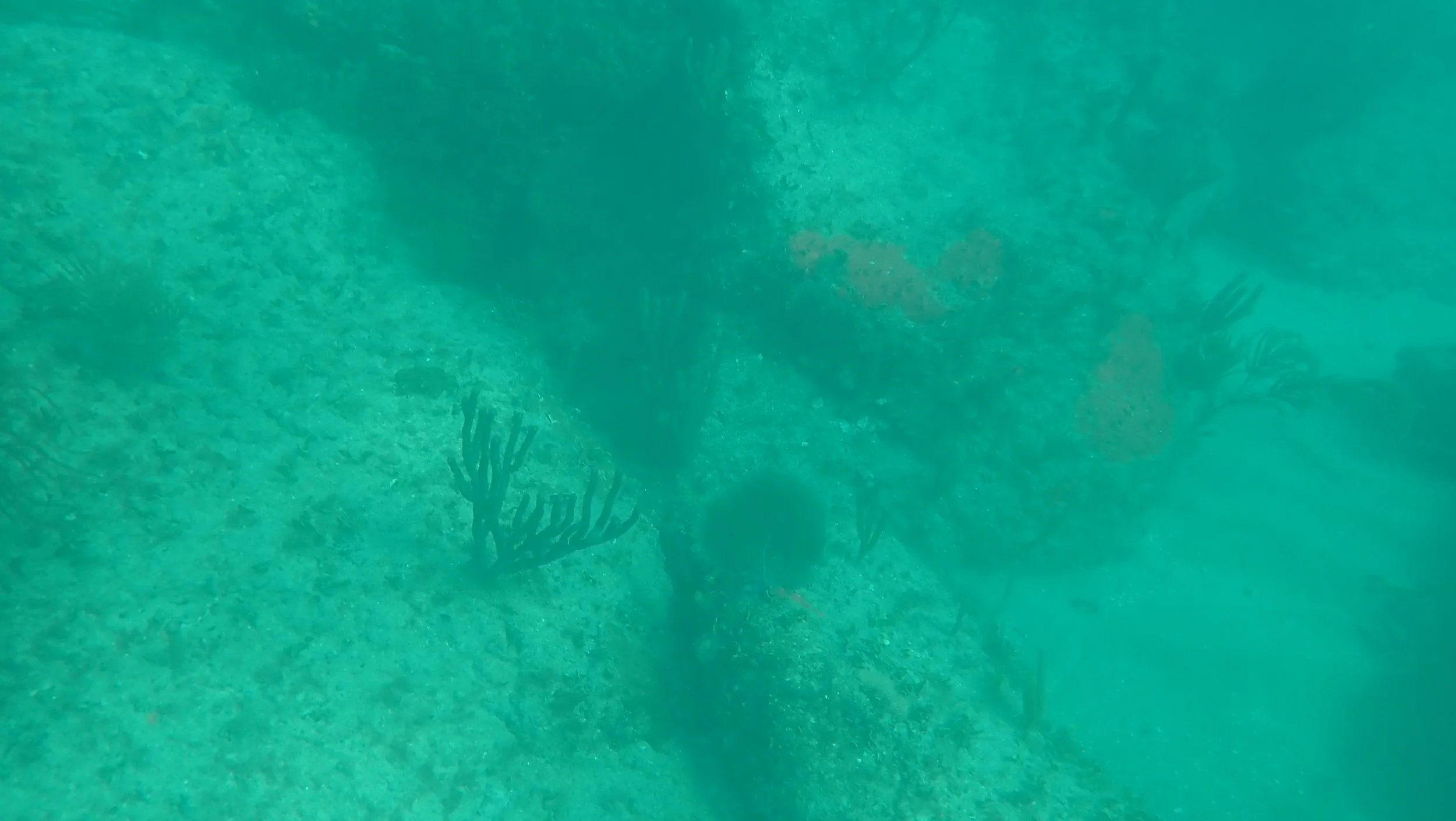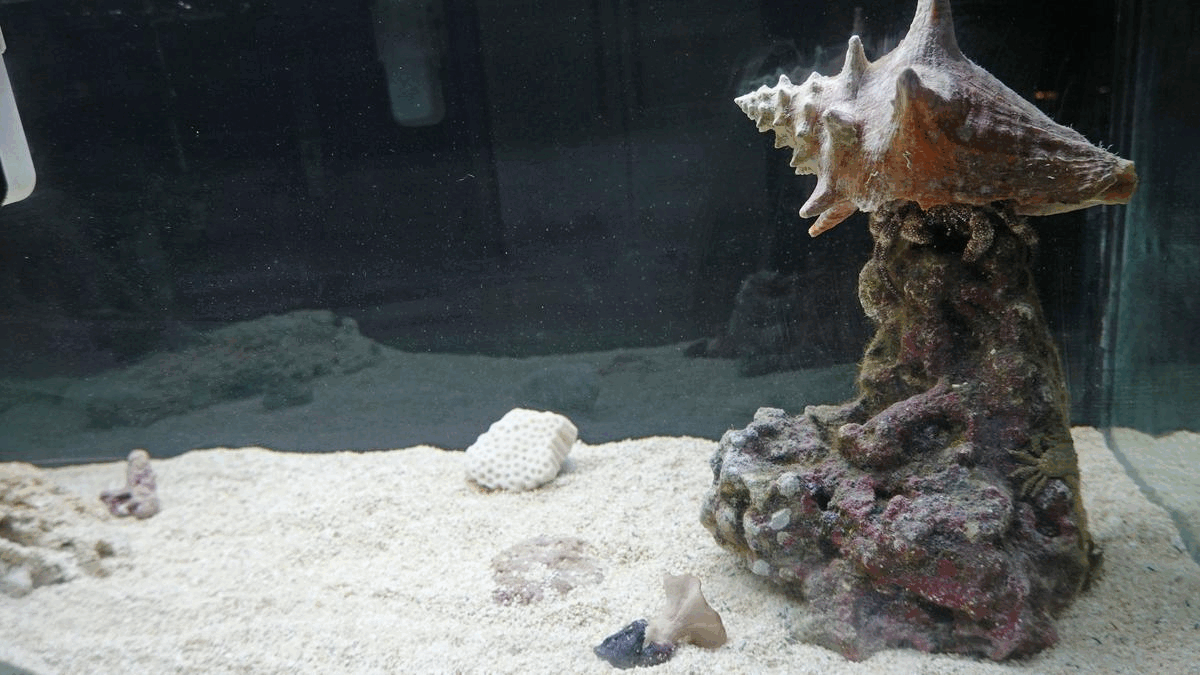There once was a former Minentaucher who longed to spend his days in the oceans…
1
… Having explored the coldest, deepest, and darkest parts of planet Earth, he became at home with the waves and the currents…
2
Image Source: Photobw.info
… As time went on and one of the only traces left of his time spent submerged in the oceans became an engraving on a wall, he moved on to pursue other goals in life by immigrating to the United States, he never ceased dreaming about his next return to the oceans…
3
Photo Credit: D.A.
… Years later, in his same host country, he met a girl — another fellow immigrant, but this time, from an archipelago all the way on the other end of the globe. Despite the two of them hailing from completely different backgrounds, they were cut from the same cloth: a thirst for adventure and exploration and storytelling…
4
… A few years after they met, together they fled the Pacific Coast for the Atlantic Coast, and to pursue more of their goals — but this time, together…
5
… Without missing a beat, he jumped right back into the waters at his first opportunity after settling down in their new home state…
6
… On one free-diving trip, he spotted a queen conch (Aliger gigas) shell nestled in between some large rocks on the ocean floor…
7
… After an inspection deemed the shell empty, he emerged from the depths of the ocean to gift the shell as a surprise to his beloved who was waiting for him at the surface…
8
… Sure enough, it turned out to be one great surprise for her, to see such a large and colorful shell, as she gasped with delight at his present. Taking care to check for any critters inside the conch, to make sure it was clear for taking, they deemed it a dead shell…
9
… Like usual, the friendly Muscovy ducks dotted their path home from the beach. She had always loved animals, but held a special place in her heart for ducks and always kept a small baggie of food for them, on her person…
10
… When they arrived home, she placed her new shell outside to dry while she took a shower. When she checked up on the shell later that evening, she was astonished to find some legs creeping out of the shell — it was a large hermit crab, as she presumed…
11
… When she broke the news to him about the little critter that called her new shell its home, they looked at each other in worry and disbelief. In the meantime, as they decided whether to keep or to return it to the ocean, he gave the hermit crab some pieces of seaweed and a green apple for the night…
12
… A couple of days passed and they still weren’t sure about what the hermit crab actually looked like, and if it was still alive. The only sign of life they saw was a nibble on one of the apple pieces…
13
… Eventually, the hermit crab emerged from its shell one evening, and the pair managed to see for the first time, exactly what kind of creature was living inside. After several hours of research, she managed to determine its genus and species through its hairy carapace and blue eyes: it was a Paguristes puncticeps or a "White Speckled Hermit Crab"…
14
… As the days passed, the hermit crab grew to become friendly, and spent less time inside its shell. By this time, he had a name: “Hermy”…
15
… One day, Hermy didn’t come out of his shell, nor did he touch his food. She feared the worst. As a scientist, she knew better than to let her emotions get the best of her while trying to diagnose the problem, but had to hold back her tears while peeking into his shell to find signs of life. As she calmed herself to meticulously observe him, she immediately noticed tiny gray mites crawling out from his shell. Trying not to panic, she looked for a solution…
16
… The quickest solution was to pour flowing saltwater over Hermy and to drain it from his shell, in hopes that the mites would flow out…
17
… After several rounds of flowing water, that method turned out to be a success, and soon after, Hermy began peeking out of his shell — even looking straight at her, without shying away into hiding for the first time. It was then that she knew that she was his caretaker now...
18
… The pair then decided to pick up some friends for Hermy from a local pet store, to keep him company in his new home. They settled for two emerald crabs which he named “Tick” and “Tock.” As the crabs’ movements reminded him of the movement of hands on a clock, “Tick” was the name for the smaller emerald crab — the “seconds hand” in a clock — while “Tock” was the name for the larger emerald crab — the “hour hand”…
19
… With more livestock now all in quarantine, she had absolutely no time to lose in preparing their new home. With essentially no background in microbiology, slow but steady, she worked day and night, reading and learning on-the-go, for two weeks straight, to achieve the right conditions to harbor marine life in their new saltwater aquarium. After all, this is the childhood dream that she had always hoped to live: to be a scientist…
20
… Because of the conflicting advice she received from multiple “experts” and from resources online, she grew to become more and more skeptical. As the days passed, the more upset she became when she realized the reason for the conflicting reports of information: there is a gross lack of research or information on marine or saltwater hermit crabs (!). Working around the clock, she disregarded most of the generic advice given to her, in favor of a scientific approach — even going back a few steps to re-do them, because “good enough” was not going to cut it for her…
21
… Now realizing that she was on her own, she had to do her best to sift through the knowledge available, by herself, and to distill it down to the best methods that she could employ for the environment to harbor life for Hermy and Tick and Tock…
22
… While piecemealing scientifically sound information together, she found out that the primary reason that there exists a gap in the research on marine hermit crabs is simply because humans do not consume hermit crabs as a delicacy, and thus, no profit can be made on them as compared to other crustaceans for example, therefore there is less of a motivational factor to put money into this area of research…
23
… But then she realized that another goal as to why she came to the Atlantic Coast was sitting right in front of her: Hermy and Tick and Tock gave her a start on filling in some of the gaps in the current understanding of the Earth’s oceans. As one of her goals in life was the Terraformation of planets, she only realized it after she set up the aquarium, that she was, in a sense, terraforming a glass box for marine instead of terrestrial life, when she encountered cyanobacteria…
24
… Now with three often overlooked animals under her care, it was clear to her that tending to an aquarium should not be called a “hobby,” as it is currently described as. Every living creature in an aquarium should be valued just as much as most of society puts value on pet dogs and cats. Likewise, she felt that it would only be ethical to allow the public more access to information on raising livestock in a saltwater aquarium, as opposed to letting them go a trial-and-error route as a first-line of resort despite having livestock being present in the picture…
25
… Each day, both of them learn more and more about their crabs…
26
... And from the looks of it, the crabs seem to be doing quite well — so much so, that it may even be too much for Hermy’s own good…
27
... or even Tock’s…
28
… Here is their story, documented and told, to shed more light on their kind…
29
… Because their story is just as important as other animals’…
30






























